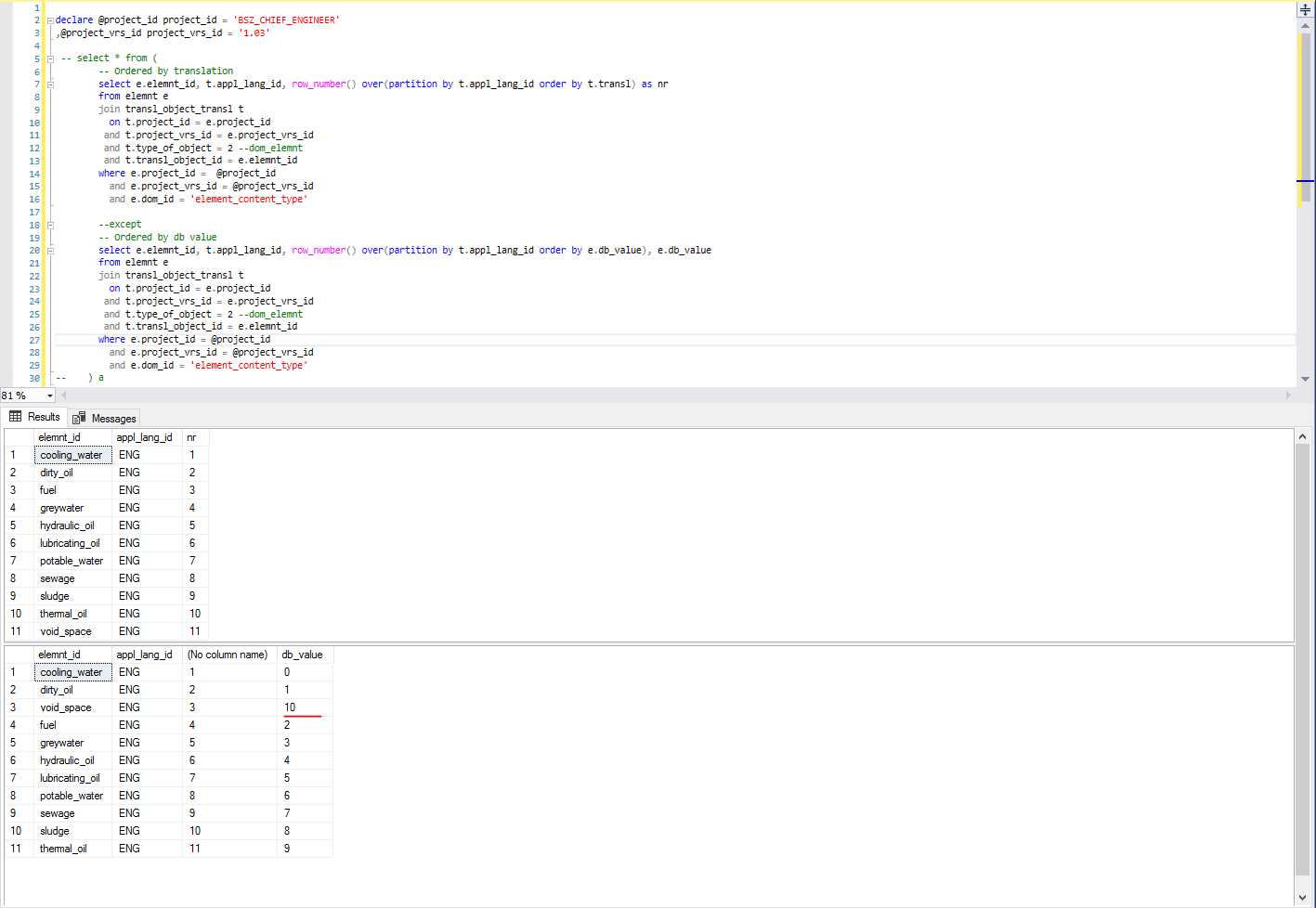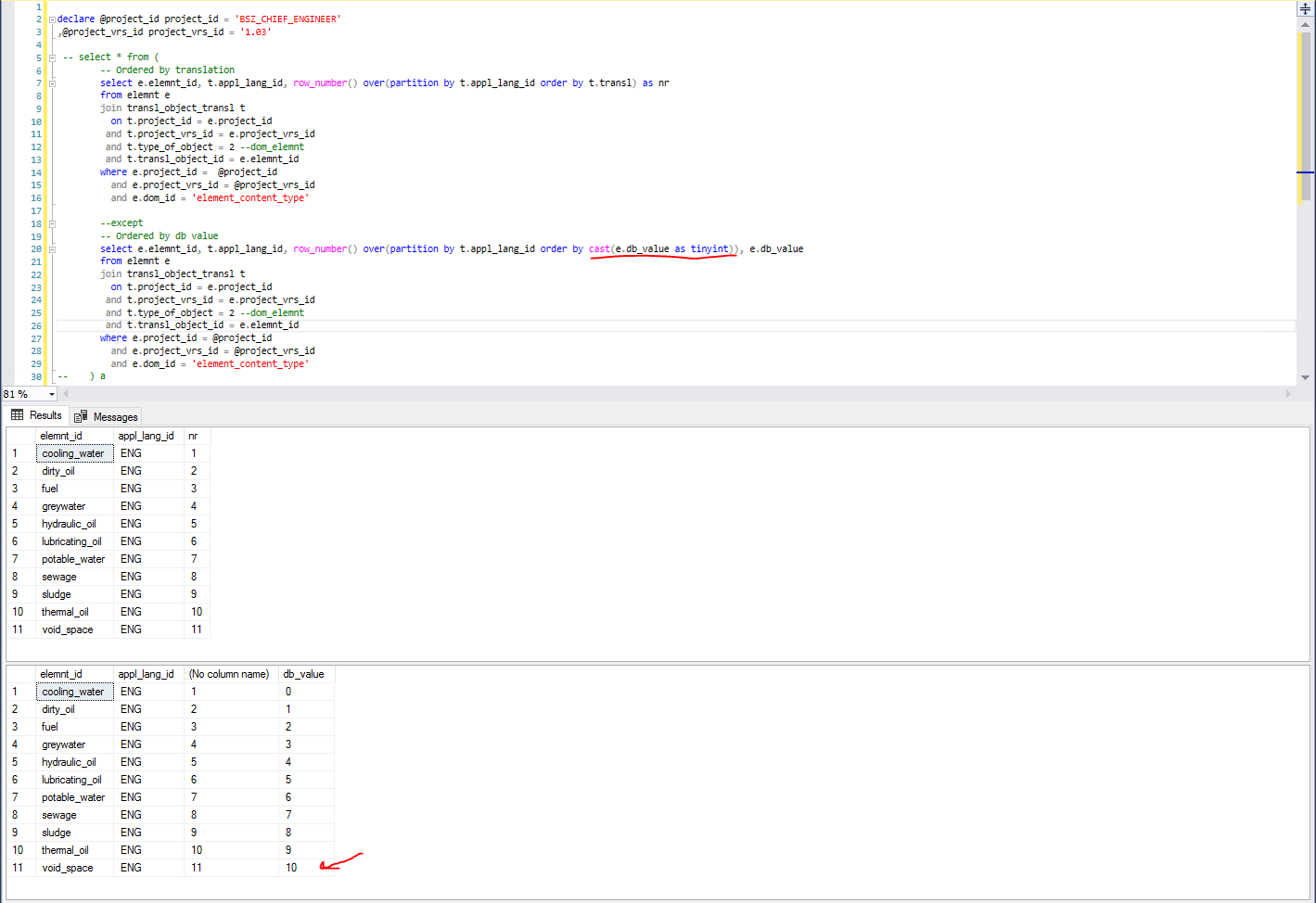Hello,
I am reaching out regarding a validation error that I am experiencing. I have recently made some changes in an effort to resolve this issue, but the error message is still appearing.
The specific error message that I am seeing is:
Domain element translations have a different sort sequence than the database values.
Despite these efforts, the error message is still appearing by validation. I would greatly appreciate any assistance in resolving this issue as soon as possible.
Thank you in advance for your help.
Sincerely,
Balazs Szeder










